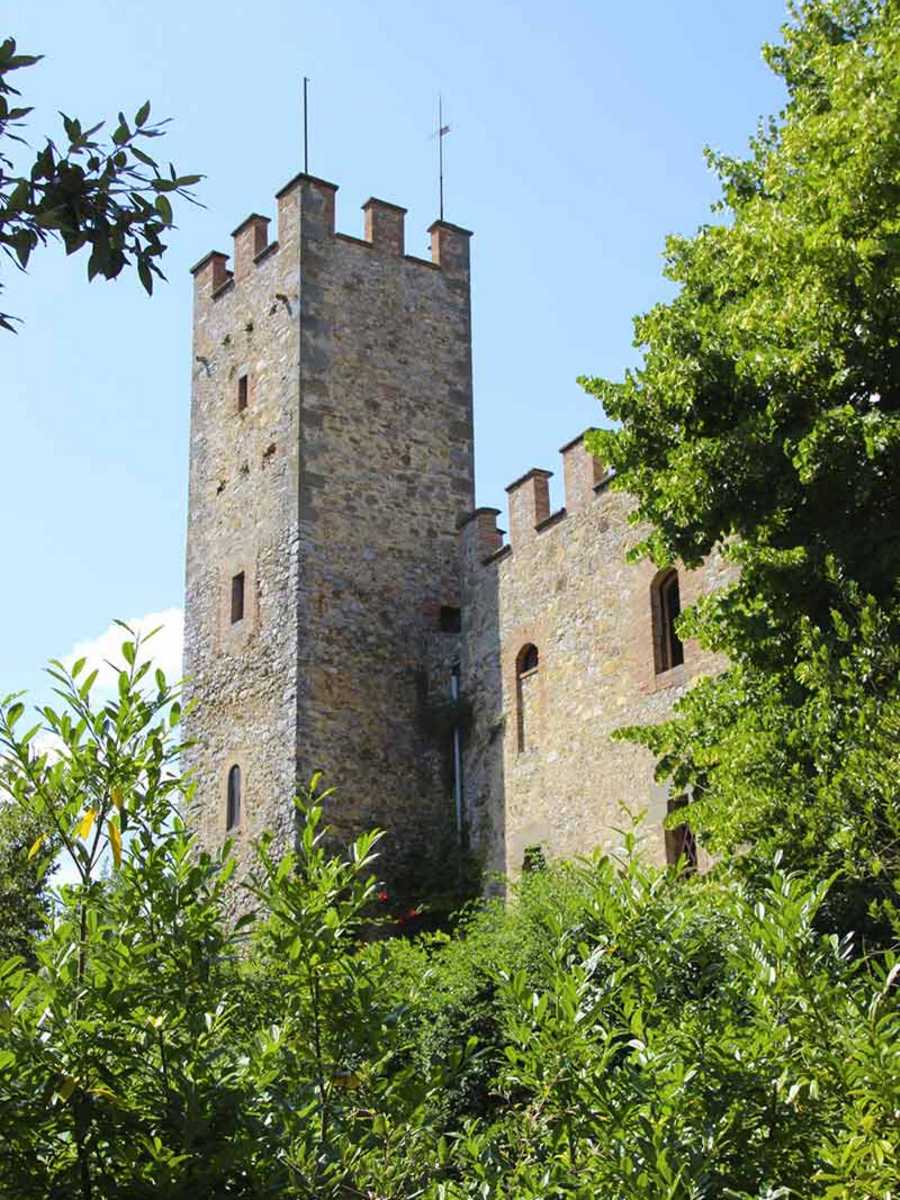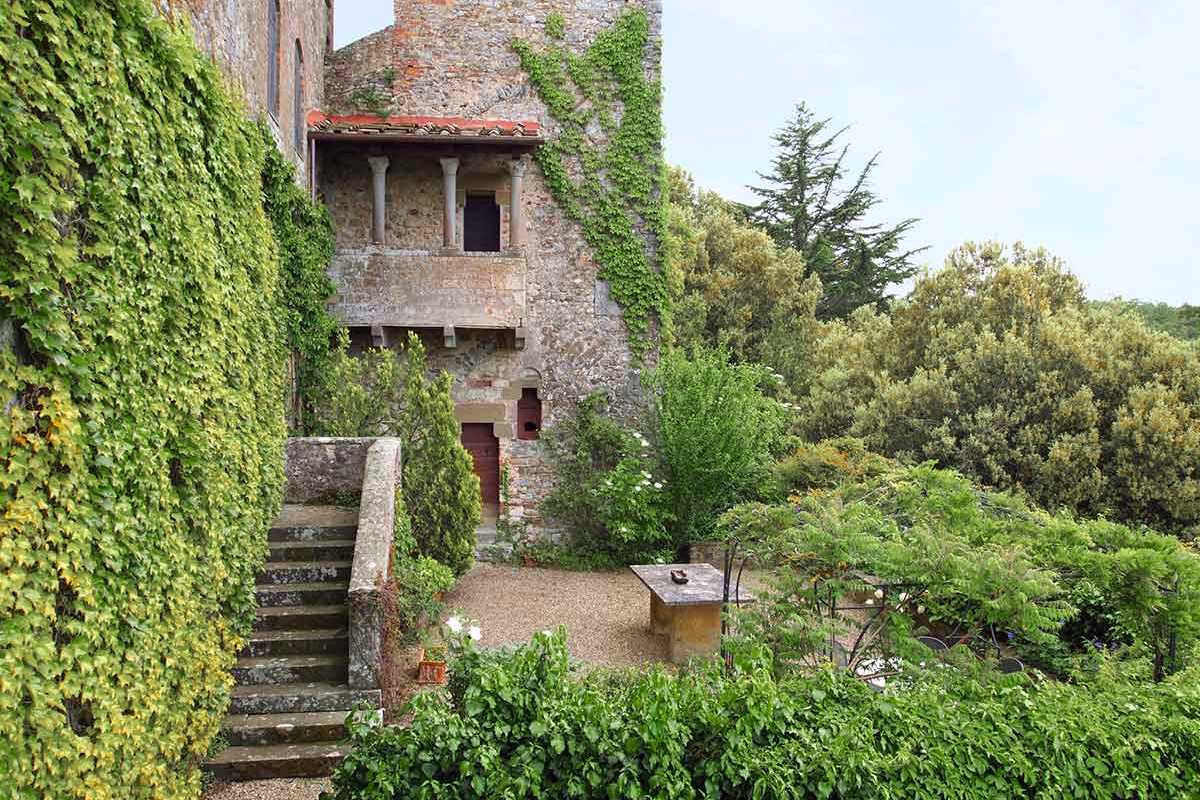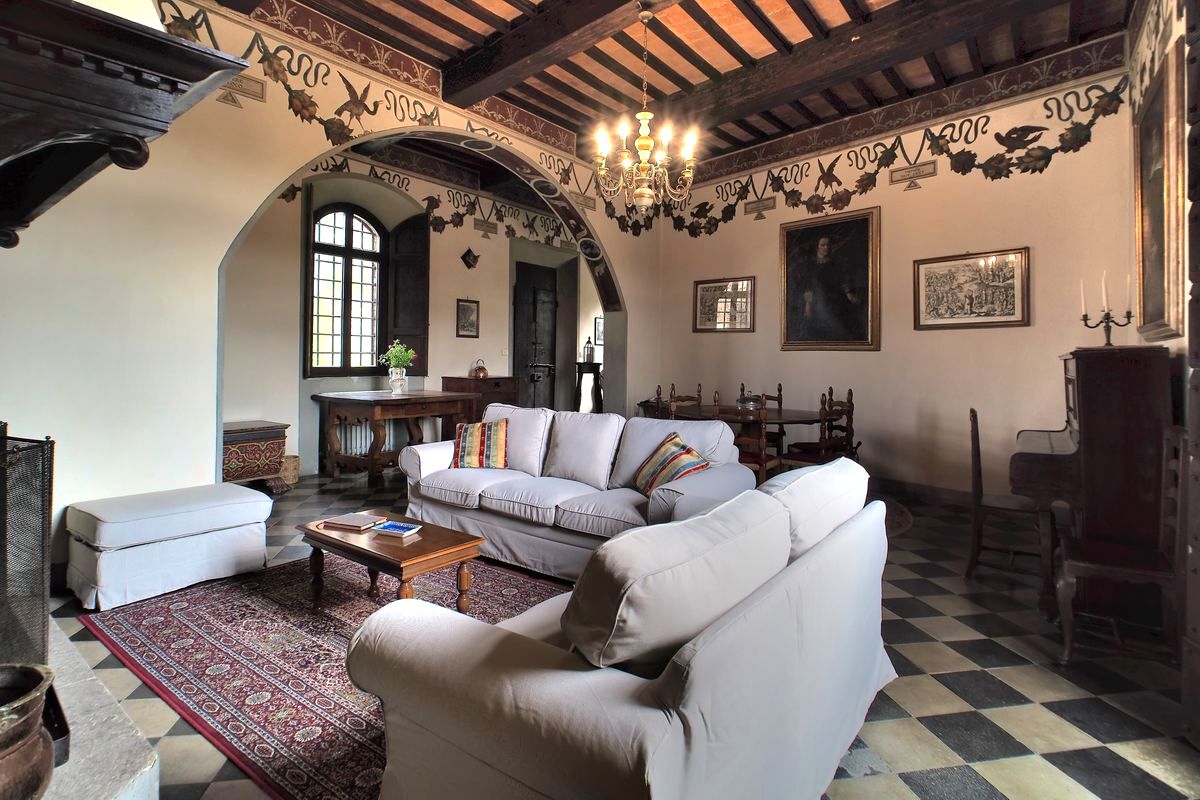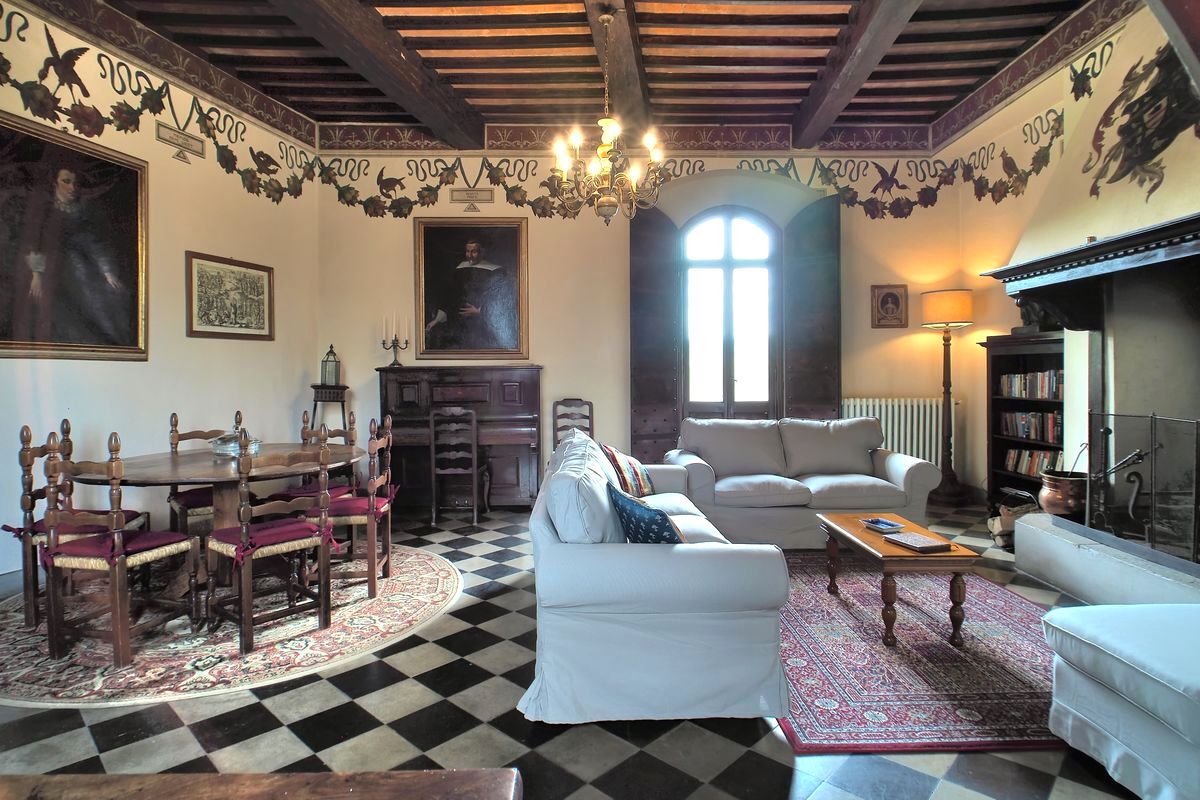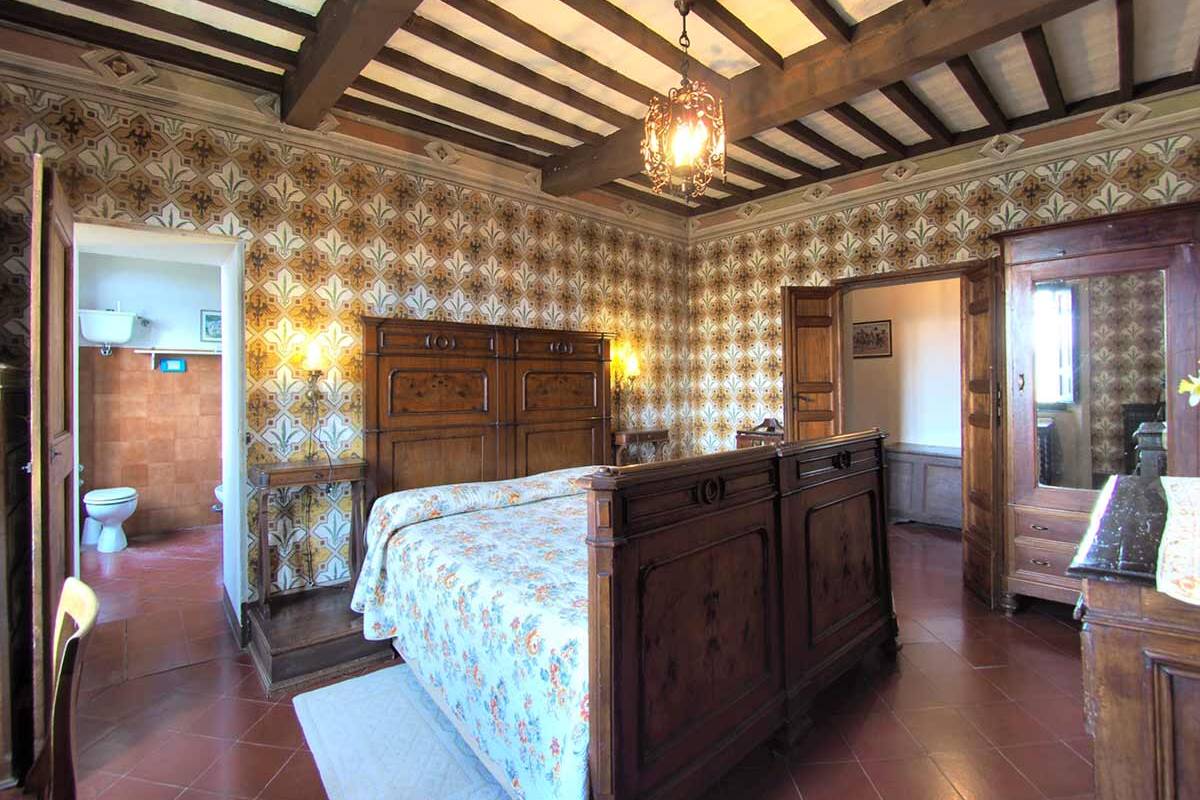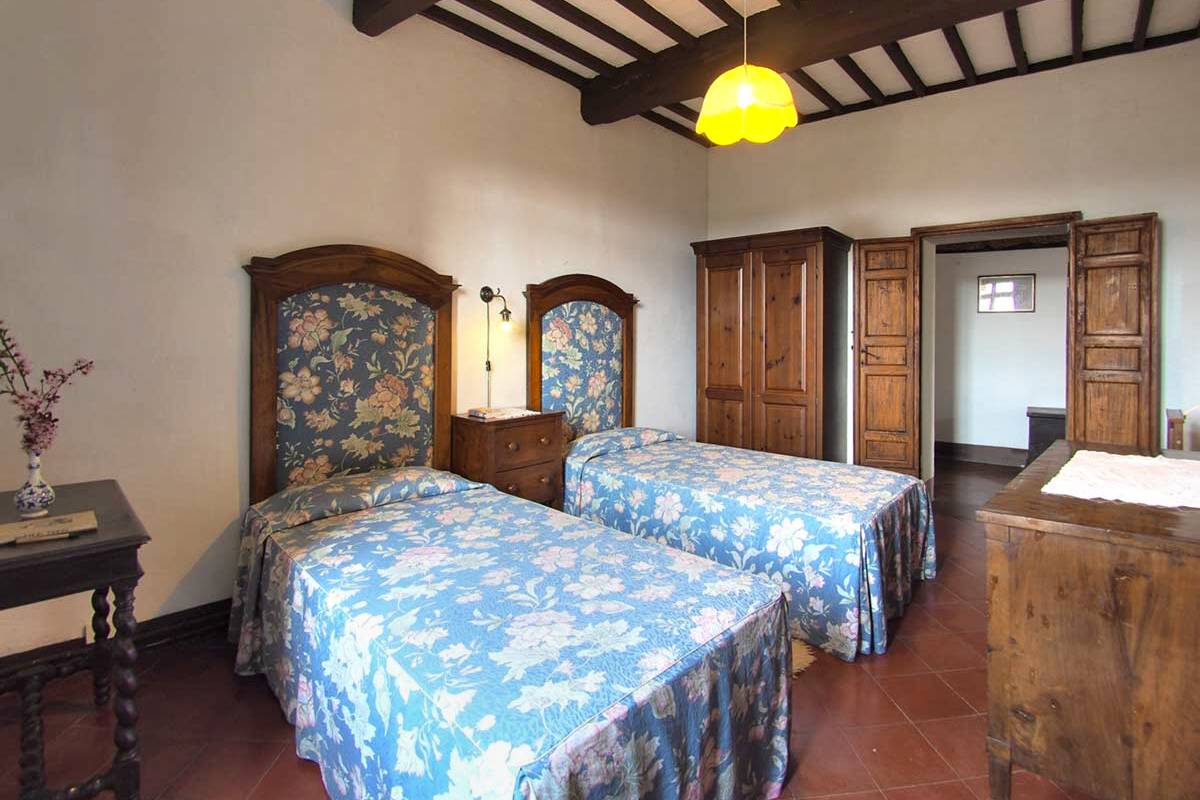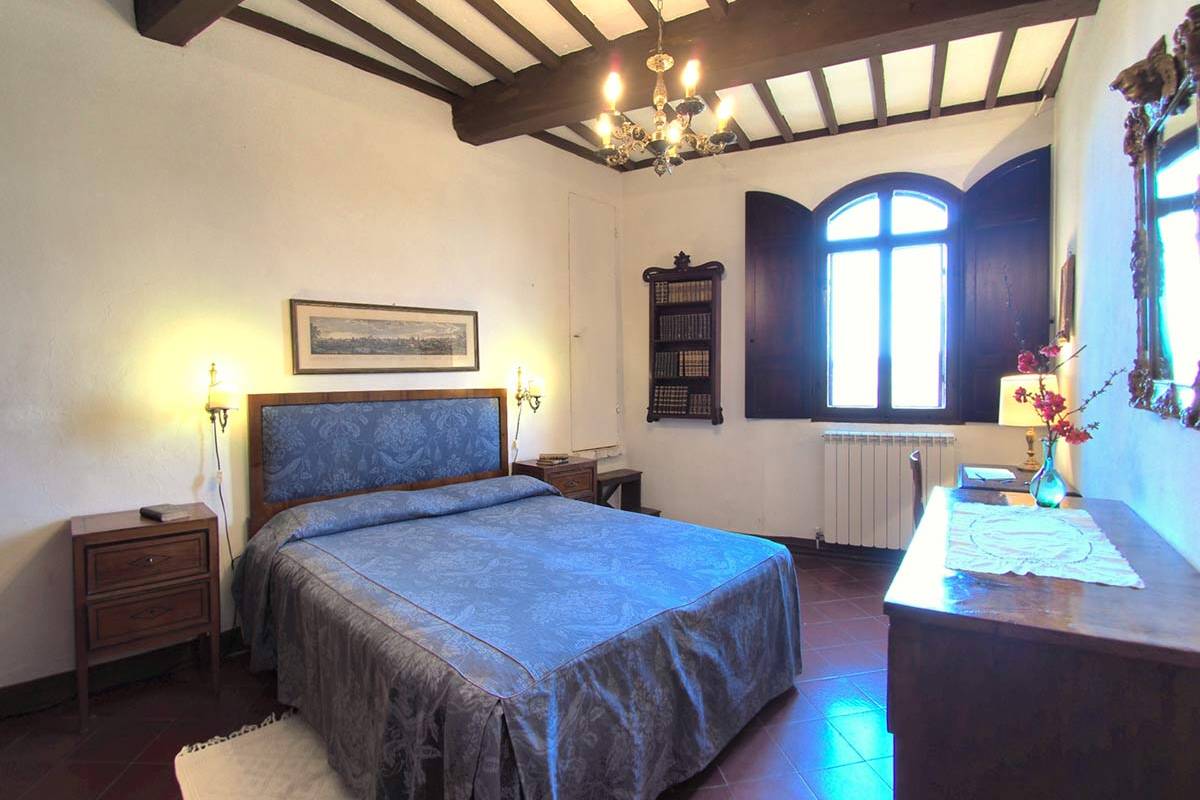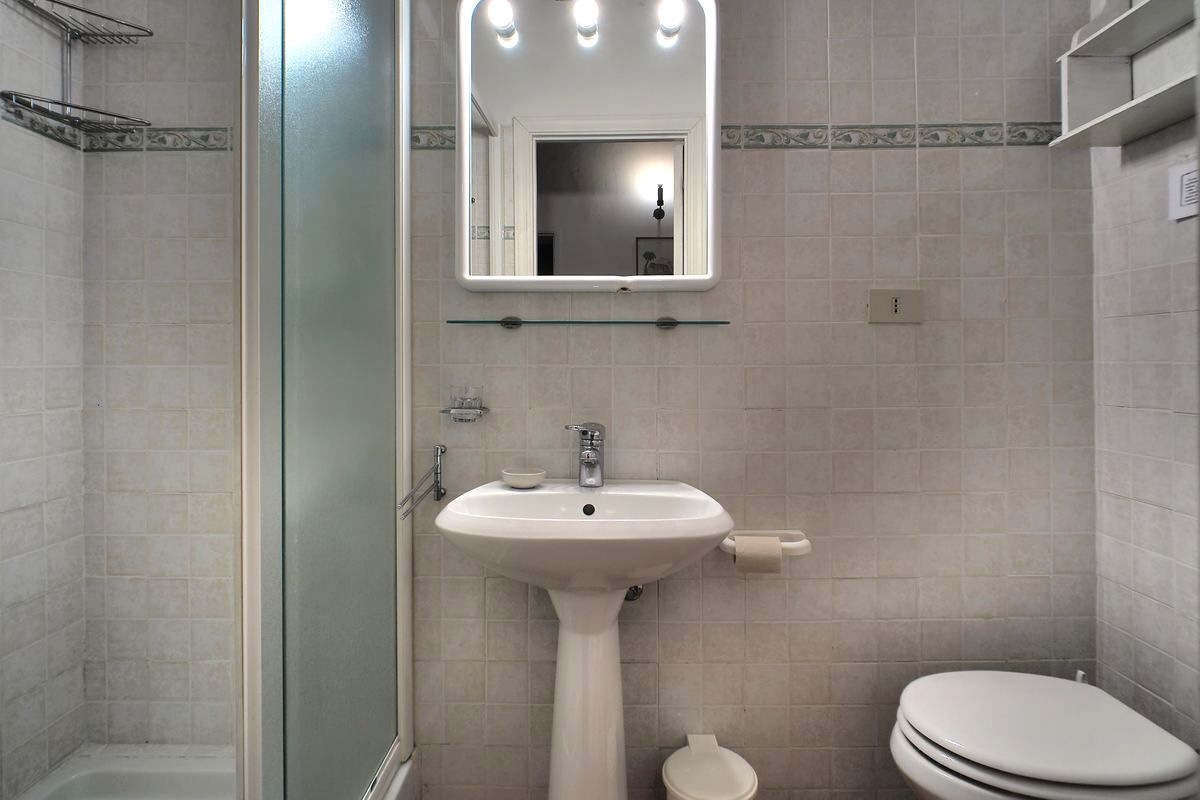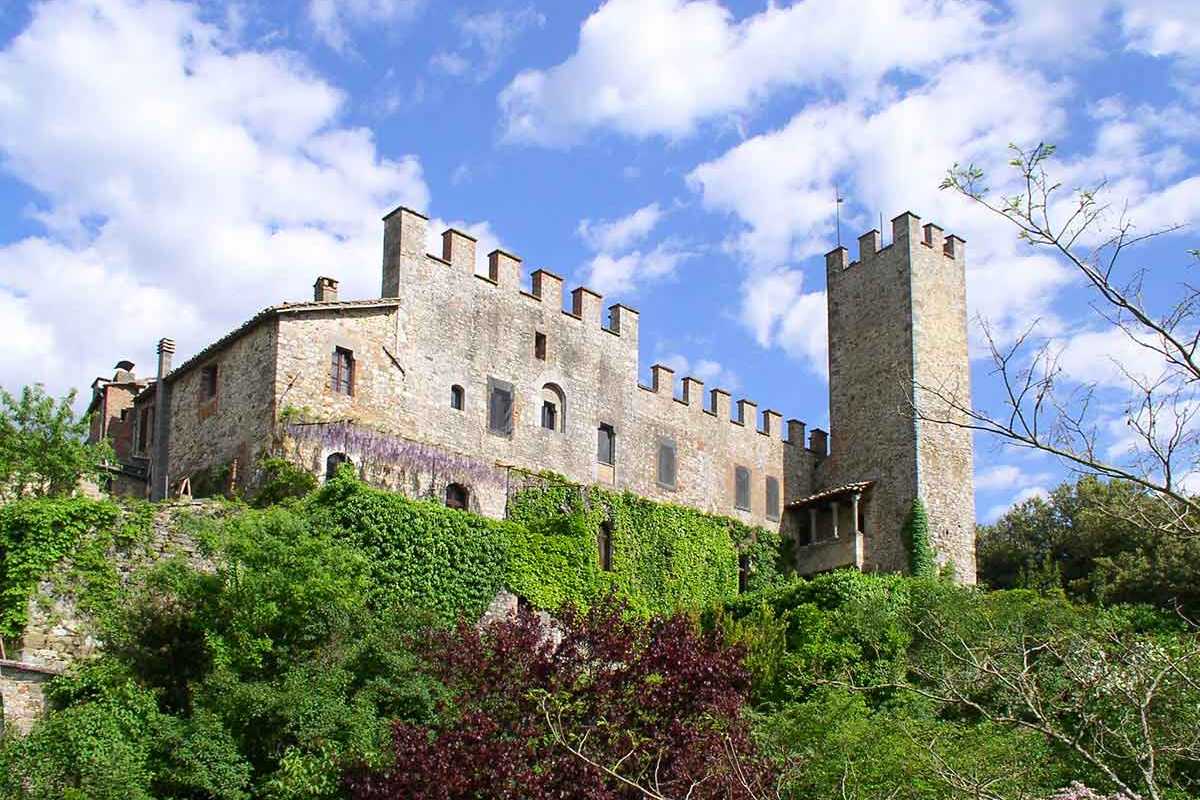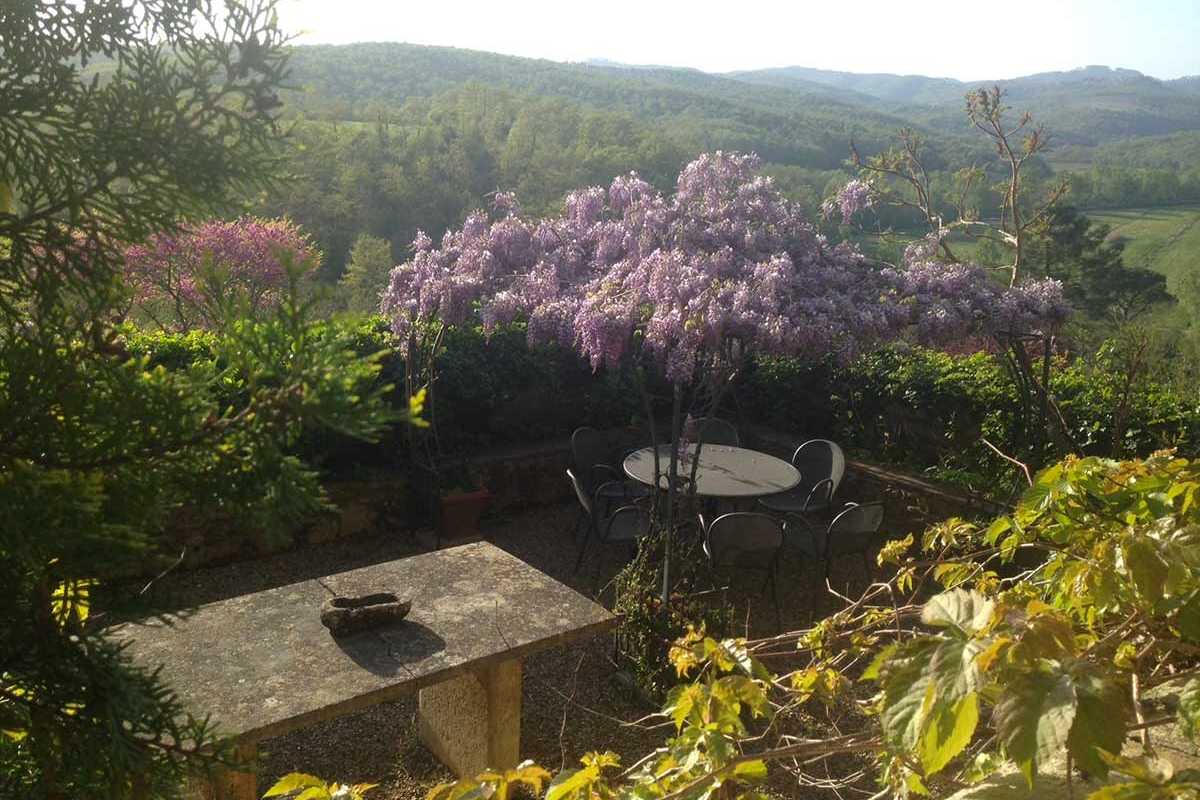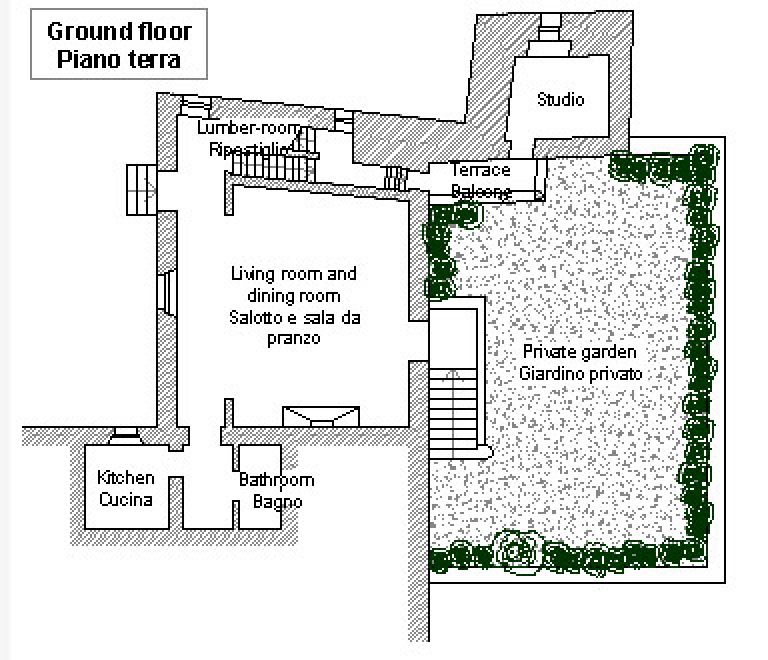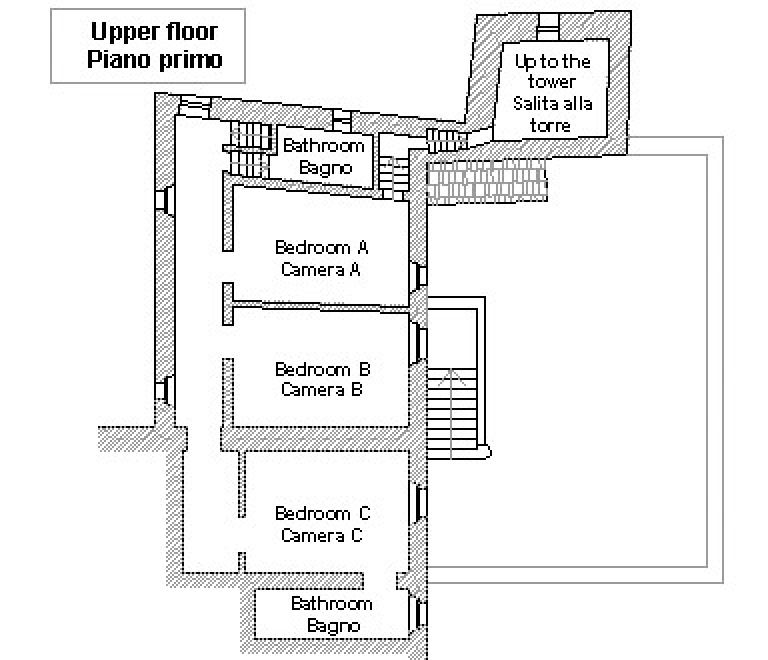Torre del Vescovo
160 m², Sleeps 6/7 people
3 bedrooms
, 3 bathrooms
Torre del Vescovo is a two-story wing of the main castle building, including the original watchtower, and provides a complete medieval castle experience. The remainder of the manor house is occupied by the owners.
The living room has a high beamed ceiling and is adorned with frescoes; it has a dining area, an old piano and a television.
There is a separate full kitchen with espresso machine, dishwasher and clothes washer.
Upstairs are a master bedroom with antique furniture and frescoed walls, with a queen size bed and a large en-suite bathroom with wall shower over the bathtub. There are two more double bedrooms (one with two single beds, one with queen size bed that can be separated into twins) and a bathroom with shower over tub. There is a third bathroom downstairs with a stall shower.
From a landing on the stairs there is access to a balcony that overlooks the valley and leads to a small study within the tower itself, with a single bed. A door in one of the upstairs bedrooms gives exclusive access to ladders to the top of the tower.
From the living room a short flight of stone steps leads to an enclosed private garden, with a stone table and a wisteria-covered gazebo.
Torre del Vescovo is accessed via the upper courtyard, a gravel terrace under a majestic linden tree, which is shared with the tower suite San Martino (1-2 people) — the two can be rented together to provide complete privacy and sleep 8/9 people in all.
Booking Conditions
Montalto is a private estate, not a hotel. Check-in time is between 4 and 7 pm; please let us know in advance if you need to arrive after 7 pm so that we can make arrangements to receive you after hours. Please check out by 10 am.
The minimum stay is 3 nights. Bookings shorter than minimum stay can be accepted only 10 days or less before arrival, based on availability, by contacting us via email or phone.
A 30% booking deposit must confirm each reservation. The rent balance is due one month before arrival. Please be sure you have read and agree to our Cancellation Policy before making your reservation.
We accept Visa, Mastercard, and PayPal. Prices are in euros (credit card payments will be addebited in euros). If you use our online booking system, you will be requested to enter your payment information securely. If you prefer to complete your reservation by contacting us, we will give you instructions on how to make payments online.
Rental prices are per house, regardless of the number of occupants. Italian law requires us to remain within the limits of the authorized maximum number of occupants of each house or apartment. An extra bed can be added at extra charge (where space permits) only for an infant or a child up to 12 years of age.
There is a Local tourist tax of 2,00 Euros per person/day for the first 7 days (not applied to children under 13 years), payable onsite.
Pets are allowed in some, but not all, houses; they are subject to an extra cleaning fee of 50 Euros and require special permission, so please be sure to ask in advance.
Cancellation Policy
Reservations at Montalto are not final without a non-refundable booking deposit of 30% of the full amount of rental.
The rent balance is due and payable one month before arrival and cannot be returned after that date.
We regret that we cannot extend cancellation policy exceptions; we strongly recommend that guests take out travel insurance to cover any unexpected events.
Groups of 15 people or more, weddings and other special events may receive special pricing with special cancellation terms; please contact us to inquire.
All homes include:
- sheets and towels (for longer stays, sheets and towels are changed weekly)
- free wi-fi
- gas, electricity and water
- normal heating
- crockery and cooking equipment
- final cleaning (we ask you please to clean the cooking area and remove rubbish)
Shared common areas:
- swimming pool
- barbecue area
- country tennis
- laundry area
- ping pong and foosball (table soccer)
- reading room
- piano room
- television room
Optional Extras
- Breakfast: from 15 May to 15 October a buffet breakfast is available for 14 Euros per person per day. 50% discount for children under 8 years of age.
Includes cakes, breads, local cold cuts and cheeses, boiled eggs, corn flakes, muesli, fresh fruit, yogurt, honey, jams, coffee, milk, orange juice
- Extra change of sheets and towels: 10 Euros per person
- Daily cleaning: extra depending on size of house
- Swimming pool towels: 2,50 Euros per towel
- Extra single bed (for a child up to 12 years old): 80,00 Euros for the whole stay
- Infant cot (for a child up to 3 years old): 15,00 Euros for the whole stay
- Dryer: coin operated, in the shared laundry area
- Full Service Option (daily cleaning and midweek change of sheets and towels): extra depending on size of house
- Maid service (daily or occasional): extra depending on size of house
Many other special services are available upon advance request, such as cooked meals, cooking classes, guided tours, group or individual transportation, horse-back riding, bike hire and tours.
We also offer wedding or special event planning: contact us for more information.
